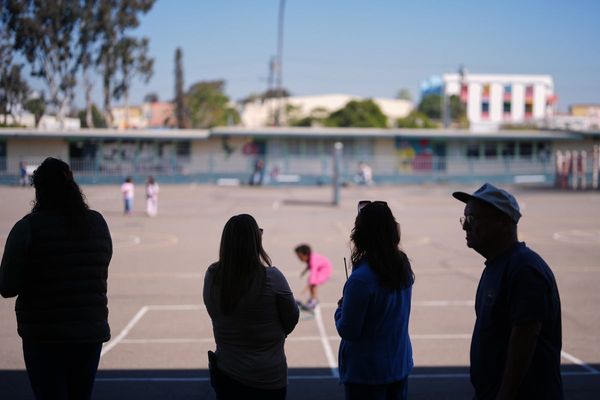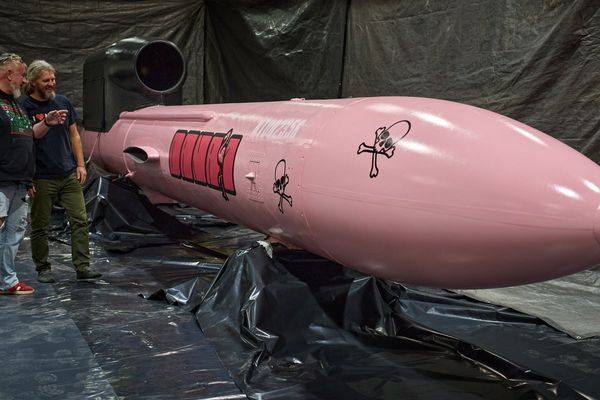
Modern sailing yachts can make way upwind, but old square-rigged vessels could only sail in the general direction the wind was blowing. When Duke William of Normandy assembled his invasion fleet in 1066, he prayed for a favourable breeze.
William’s force had been gathered at Dives in northern France since July. By early September the winds were still not ideal, but the invasion could not wait and William launched his fleet. The result was nearly a disaster. The wind veered to the west, forcing the ships back on to the French coast and wrecking several.
William regrouped at Saint-Valery-sur-Somme. The wind remained stubbornly in the west. In desperation, the duke had the relics of the town’s saint displayed to his army, and all prayed for a favourable wind. After 15 days the wind direction finally changed. The fleet crossed safely and landed at Pevensey on 28 September.
The long delay ended up helping William. In early September his rival, Viking Harald Hardrada of Norway, landed his army at Tynemouth. The English king Harold marched his army north to defeat the Vikings, and the English were exhausted and depleted when they returned to face the Norman invasion. If the wind had been favourable earlier, William might have been the one defeated, and the Vikings might have ruled England.







